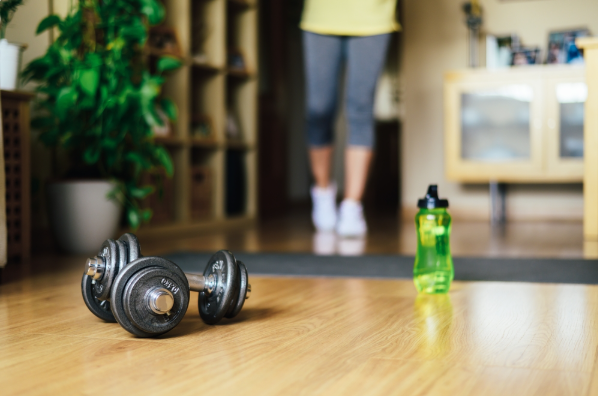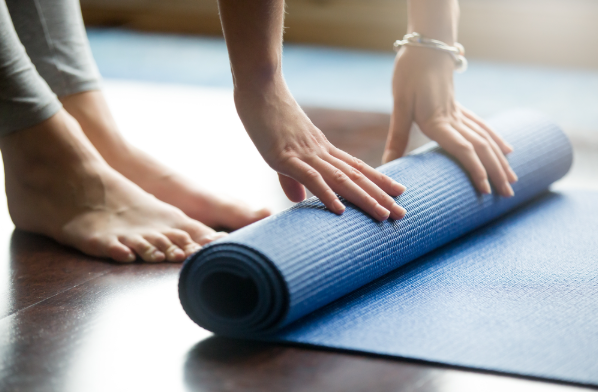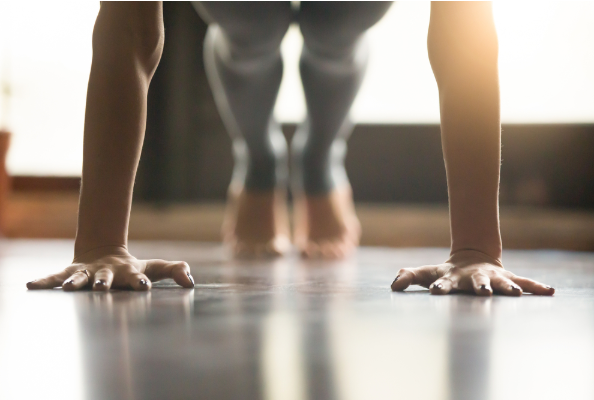Have you heard that doing 40 push-ups a day can reduce the risk of cardiovascular disease?
Others are reading now
Have you heard that doing 40 push-ups a day can reduce the risk of cardiovascular disease? Here, we take a closer look at how many push-ups you should be able to perform in one go based on two standards: military and medical.
Military Standard (APFT)

Also read
The military standard for push-ups has been a cornerstone of soldier training for centuries. Push-ups are a simple yet effective exercise that measures your ability to stabilise your upper body, core, and arms simultaneously. The goal is to meet a minimum requirement, which varies by age.
Ages 7–21: At least 35 consecutive push-ups

In this age group, it’s expected that young individuals build a strong upper body foundation to support other sports and daily activities. Meeting a minimum of 35 push-ups early in life lays the groundwork for a strong future.
Ages 22–26: At least 31 consecutive push-ups

In your early 20s, the body is at its peak for muscle building and endurance. The military still sets high expectations for this age group, though slightly fewer than for younger individuals. Completing 31 push-ups indicates solid upper body strength and core stability.
Ages 27–31: At least 30 consecutive push-ups

While 30 push-ups may sound challenging, it’s a target that many can achieve with proper training. Performing 30 push-ups demonstrates a good balance between muscle endurance and strength, requiring regular physical activity.
Ages 32–36: At least 26 consecutive push-ups

In your early 30s, muscle mass naturally begins to decline slightly if not maintained. Therefore, the requirement is slightly lower. However, 26 push-ups still signify good fitness and help maintain upper body strength as you age.
Ages 37–41: At least 24 consecutive push-ups

Maintaining a strong upper body in this age group requires consistent training and upkeep. Completing 24 push-ups shows you’ve retained good muscle strength despite natural aging processes, allowing you to handle everyday physical challenges with ease.
Ages 42–46: At least 21 consecutive push-ups

The requirement is slightly lower than for the previous age group but remains a good benchmark to keep your body active. Being able to do over 20 push-ups at this age suggests you’re in better shape than many peers, reflecting a dedicated and consistent training effort.
Ages 47–51: At least 16 consecutive push-ups

In this age group, factors like work, family obligations, and potential injuries may impact your training. Nonetheless, achieving 16 push-ups aligns with military standards and shows you’re maintaining your fitness despite a busy life.
Ages 52–56: At least 11 consecutive push-ups

In your 50s, it’s essential to stay active and train regularly to avoid losing muscle strength and mobility. Managing at least 11 push-ups reflects decent upper body strength and a relatively healthy body.
Medical Standard

The medical or scientific standard is a bit more moderate than the military one. Here, the focus is not on preparing the body for rigorous physical challenges but rather on maintaining overall health. Push-ups are an excellent way to assess general fitness, as they engage multiple muscle groups and the cardiovascular system.
Ages 17–21: 19 to 34 consecutive push-ups

For late teens and early 20s, 19–34 push-ups indicate a strong base of fitness. This sets the stage for an active adult life and helps prevent injuries and illnesses.
Ages 20–29: 17 to 29 consecutive push-ups

For those in their 20s, this range is a good indicator of a healthy and well-trained body. It shows strong upper body muscles and a healthy weight, reducing the risk of cardiovascular disease.
Ages 30–39: 13 to 24 consecutive push-ups

In your 30s, fitness maintenance is key. Achieving 13–24 push-ups demonstrates ongoing physical activity, which supports muscle strength, circulation, and metabolism—key elements of a healthy lifestyle.
Ages 40–49: 11 to 20 consecutive push-ups

In your 40s, regular exercise is vital to maintain muscle mass and avoid lifestyle-related illnesses. Completing 11–20 push-ups shows good upper body strength and overall health.
Ages 50–59: 9 to 17 consecutive push-ups

If you’re in this range in your 50s, you’re doing better than many peers in terms of strength and endurance. Push-ups are a great way to stay fit, as they require only your body weight and a little floor space.
Ages 60–65: 6 to 16 consecutive push-ups

For many, 6–16 push-ups in their 60s might seem like a big challenge, but it’s an achievable and worthwhile goal. Reaching this target suggests good physical fitness and helps keep the body active while preventing health issues.
Remember Proper Technique

Whether you aim for the military or medical standard, it’s essential to perform push-ups correctly. Ensure your back is neutral, your core is engaged, and your shoulders don’t sag. Keep your elbows at a natural angle close to your body, and avoid letting your hips drop toward the floor. Proper technique prevents injuries and maximises the benefits of each repetition.


